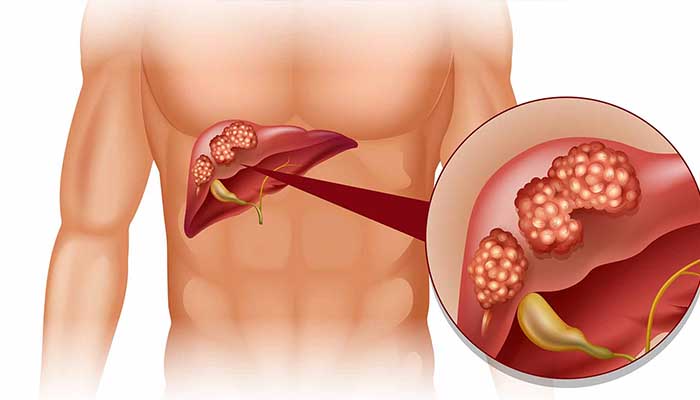WHAT IS THE THORACODORSAL NERVE?
Thoracodorsal nerve (C6, 7, 8) is also known as middle scapular nerve and long scapular nerve, originates from the posterior bundle, along the lateral border of the scapula, with descending subscapular vessels, innervates the latissimus dorsi muscle. It is one of the spinal nerves of the long thoracic nerve.
It originates from the upper clavicle of the brachial plexus and descends along the lateral surface of the serratus anterior to innervate this muscle. This nerve is short and, if damaged, the motor and sensory function of the serratus anterior muscle can be impaired.

The thoracodorsal nerve is a branch of the upper clavicle of the brachial plexus and contains fibers of the anterior rami of the 5th to 7th cervical nerves. After issuing, it descends on the outside of the chest wall and descends along the surface of the serratus anterior muscle, and branches to the serratus anterior muscle.
Thoracodorsal Nerve Anatomy
The thoracodorsal nerve, which arises from the 5th to 7th cervical nerves, emits when these nerves just exit the intervertebral foramen. Among them, the fibers from the 5th and 6th cervical nerves pass through the middle scalene muscle, that is, they are combined into a bundle; and the fibers of the 7th cervical nerve (sometimes lack of this fiber), through the middle scalene muscle, to the front.
The upper part of the scalene muscle joins with the fibers from the 5th and 6th cervical nerves. This trunk descends, passes through the back of the brachial plexus and the first segment of the axillary artery, enters the axilla and then descends along the axillary surface of the serratus anterior muscle, and finally divides into many small branches, which are distributed to the teeth of the serratus anterior muscle.
SEE POST: Coronary Profusion Pressure Formula
The posterior triangular part of the long thoracic nerve is often damaged due to excessive pressure on the shoulder or a heavy blow to the neck, causing paralysis of the serratus anterior muscle, which makes the patient’s upper limb push forward to resist resistance, and the medial border of the scapula on the affected side protrudes to the dorsal side. , becoming a “winged shoulder”.
LATISSIMUS DORSI
This is a larger flat muscle located in the lower part of the thoracic and dorsal regions and in the superficial layer of the lumbar region. It arises from the 7-12 sternocostal spinous process, the thoracolumbar fascia, the iliac crest, and the lower 3-4 ribs, and inserts into the lesser tuberosity ridge of the humerus.
FUNCTION
When this muscle contracts, it extends, internally rotates, and adducts the humerus. This muscle can be exercised by pulling the raised upper arm to the dorsomedial side, such as in swimming exercises. When the upper body lift is fixed, the body is pulled upward.
RELATED POST: The Deceptive Nature Of Prodromal Labor
Some of the functions of the thoracodorsal nerve include;
- They stabilize your back
- They expand your rib cage when you inhale and contract it when you exhale
- They rotate your arm in
- They pull your body weight up, such as when doing pull-ups, climbing, or swimming
- They pull your arm in toward the center of your body
- They extend your shoulders by working with the teres major, teres minor, and posterior deltoid muscles
- They bring down your shoulder girdle by arching your spine
- They help you bend to the side by arching your spine
- They help you tilt your pelvis forward
Sharing Is Caring!

